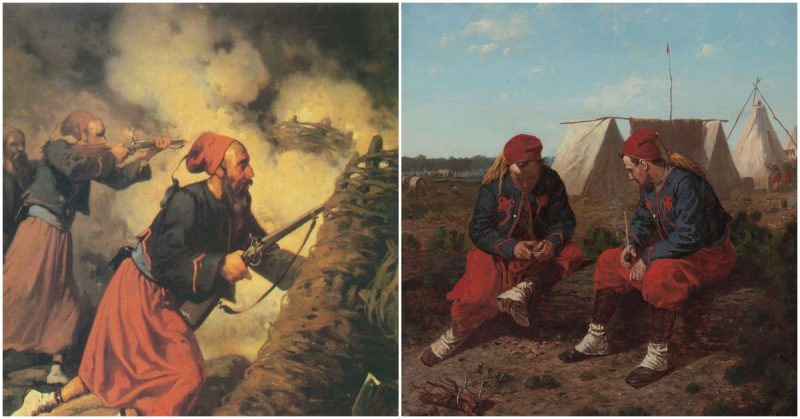The Zouaves originally came as part of the French Army linked to French North Africa, which served between 1830 and 1962. Their uniform and tactics were based on those of the Algerian Berbers who earned a reputation for their fast moving, agile fighting style. Thus the French Zouaves originally comprised Berber, Arab, European and black volunteers.
A Zouave was distinctive in his uniform which included a pair of baggy trousers, short open jacket, a sash and an oriental headgear.
They were the among the most decorated units of the French Army, and following the Crimean War of 1854 and the Italian War of 1859, their reputation would spread beyond France, with new Zouave units being formed in several countries across the world.
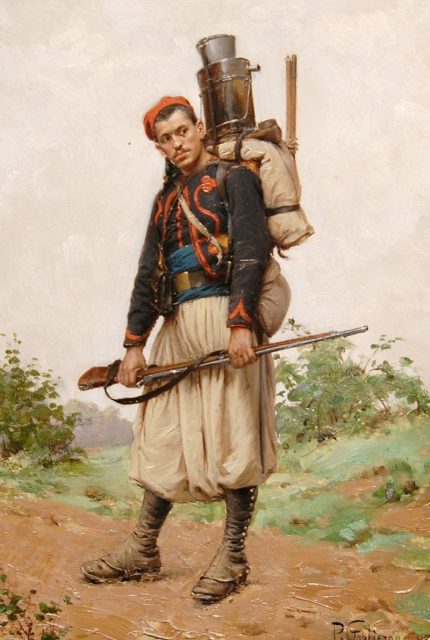
A New York clerk named Elmer Ephraim Ellsworth was the mastermind behind the first Zouave unit to be noticed in the United States. He had learned all the Zouave drills from their drill manual and had combined these with the American style military drill. He soon took over a local drilling team named the Rockford City Greys, a cadet drilling company founded in 1859, and had renamed them to the Zouave Cadets.
Not long after the cadet gained a reputation, he was offered a command of the National Guard Cadets. The obsolescent militia company was transformed under his command into the United States Zouave Cadets, and they would in 1859 go on to win the national military drilling competition in Chicago. His cadet toured around the U.S., performing light infantry drills with theatrical additions.
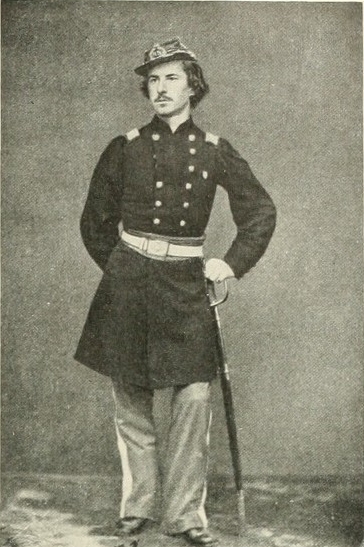
It was during one of these events that Abraham Lincoln met him and using his newly found connection with Lincoln, he would go on to assemble the 11th New York Infantry Regiment a.k.a. Fire Zouaves, which would be sworn into federal service on May 7th.
However, the 9th New York Infantry Regiment a.k.a. the Hawkins’ Zouaves, were the first Zouave Regiment to officially enter the Civil War.
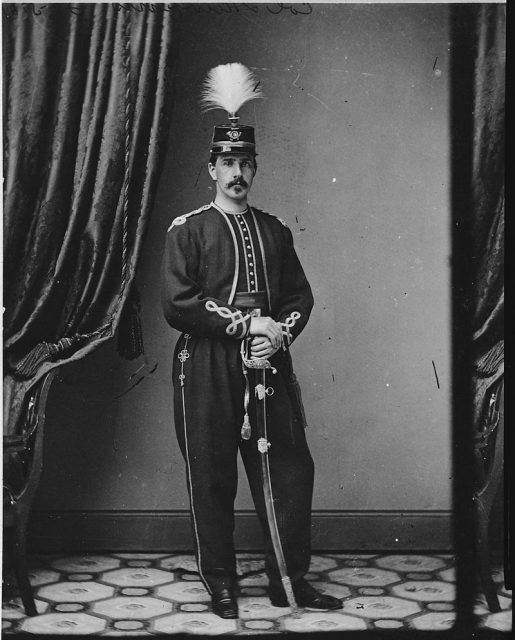
Following the outbreak of the U.S. Civil War, several units from both Union and Confederate sides adopted the name, appearance, and style of the Zouaves. The Union Army’s Zouave regiments numbered over seventy, while the Confederates had about twenty five Zouave companies throughout the conflict.
Zouaves were involved in all the major Civil War battles, from the First Manassas to Antietam, and Gettysburg to Appomattox.
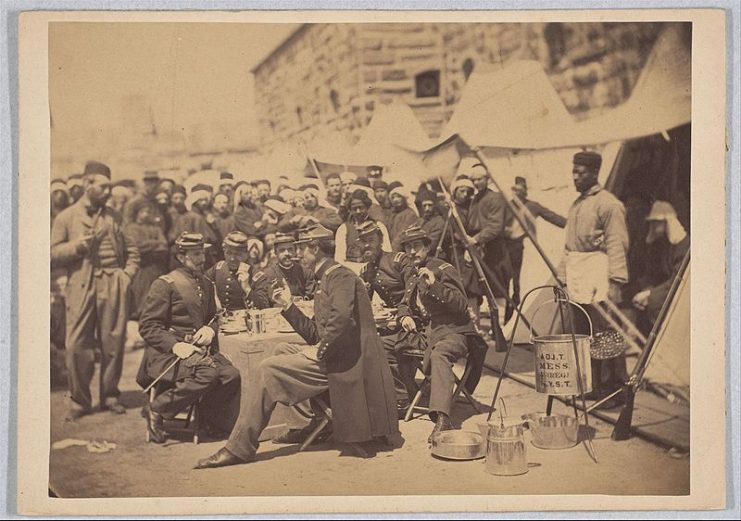
Zouaves fought in open order formations comprising looser, reactive groups, rather than the close order formations common to other regular infantry units.
Acting as light infantry, they were equipped with smaller, lighter, weapons, mostly carbine-style “two band” muskets. They were known to be fast and agile, attacking in a rapid advance of 100 to 200 meters, dropping to the ground to load and fire their rifled muskets.
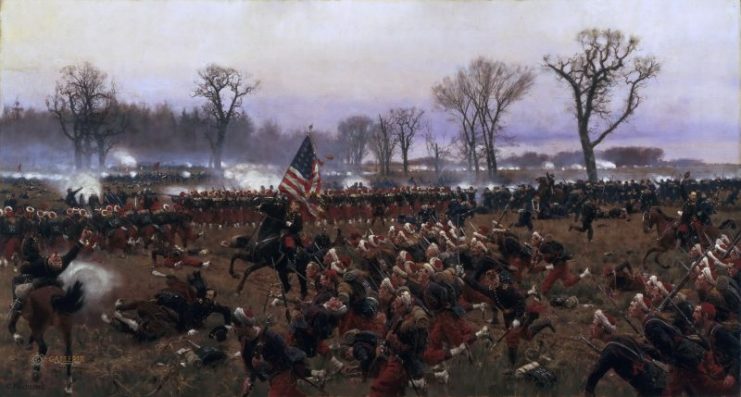
The Uniforms of the Zouaves were ironically a non uniform, as their outfit was not easy or cost effective to procure. Each regiment had an oriental style dressing but uniforms varied widely owing to the level of availability of fabrics and the choices of the commanders. The uniform of the Zouave regiments was generally similar to those of the French Zouaves, with some modifications, depending on availability and choice of fabrics.
The most famous Zouave regiments included the 11th New York Volunteer Infantry known as the “Fire Zouaves”, the 114th Pennsylvania Infantry known as “Collis’s Zouaves, and the 5th New York Volunteer Infantry a.k.a. “Duryee’s Zouaves”.
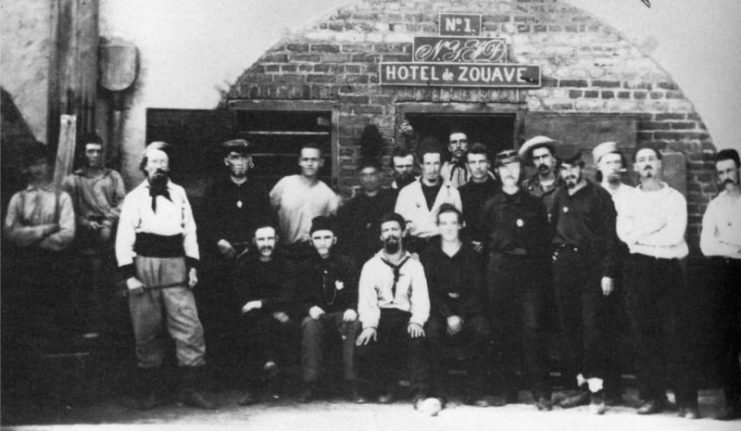
The Fire Zouaves acted as the rearguard for the retreating Army of the Potomac during the July 1861 First Manassas. As a result, they were severely mauled.
Ellsworth died as the leader of the Fire Zouaves. After cutting a Confederate flag off the roof of Marshal House Inn, he was shot by James Jackson, the inn’s owner. Jackson was in turn killed by Zouave Corporal Francis Brownell, an act that earned Brownell the first medal of the Civil War.
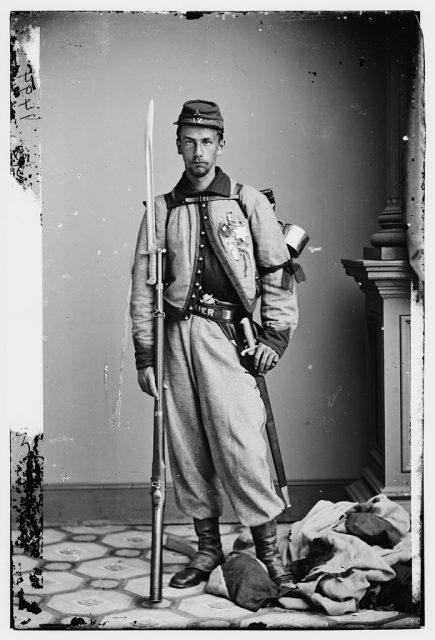
The 5th New York Volunteers was seen as one of the elite units of the Army of Potomac, they served alongside the regular division led by George Sykes. During the Second Manassas, the 5th New York alongside the 10th New York “National Zouaves” heroically held off the fierce flanking attack of James Longstreet’s Corps for a crucial 10 minutes before they were overwhelmed, suffering 120 deaths and 332 injuries within 10 minutes, the highest casualty level within the shortest time frame in the Civil War.
On the Confederate side, Zouave units existed in companies within larger units, instead of regiments, owing to their fewer numbers in contrast to the Union Forces.
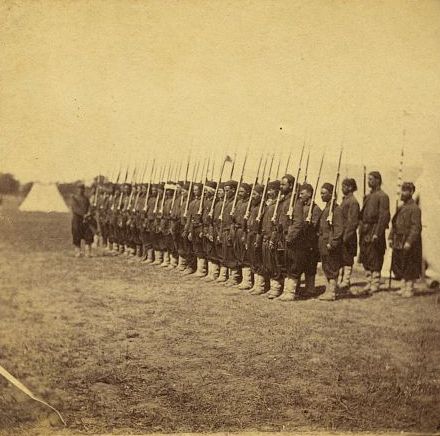
The most famous Confederate Zouave unit was the Louisiana Tigers which existed within Major Chatham Roberdeau Wheat’s 1st Special Battalion, Louisiana Volunteers. They were reputed to have developed into fierce and fearless shock troops.
They were known as cannon killers, performing the extremely dangerous function of knocking off enemy cannon batteries to create a window for the rest of their force to come closer without engaging much with artillery. They were at the battle of First Manassas, the 1862 valley campaign, and the Seven Days Battles which included the Battle of Gaines’ Mill, the Northern Virginia Campaign and the subsequent Maryland Campaign. During these events, their force was heavily depleted, as they suffered severe casualties.
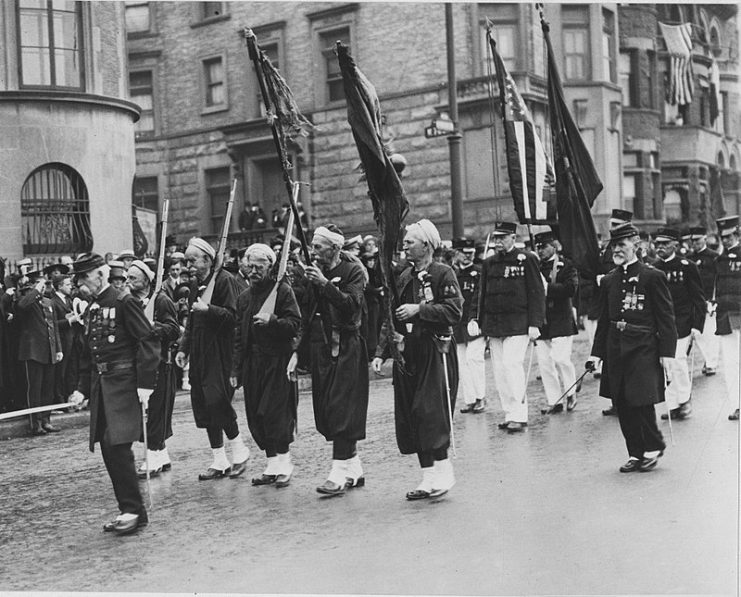
Read another story from us: The Real Louisiana Tigers
On the 9th of April 1835, one hour before General Robert E. Lee officially surrendered the Confederate Forces to General Grant of the Union Army, the last Union casualty of the Civil War occurred as a soldier of the 155th Pennsylvania which was part of the 5th Corps’ Zouave Brigade was mortally wounded.
Thus the first and last fatality of the American Civil War was a Zouave.
